Growth in the Beverage Industry
The Food-Grade Calcium Hydroxide Market is experiencing growth driven by the expanding beverage sector. Calcium hydroxide is utilized in the production of various beverages, including soft drinks and fruit juices, where it serves as a pH regulator and stabilizer. The beverage industry has shown resilience and growth, with an estimated annual growth rate of around 5%. This growth is likely to create a higher demand for food-grade calcium hydroxide, as manufacturers seek to enhance the quality and stability of their products. As consumer preferences shift towards healthier beverage options, the role of food-grade calcium hydroxide in maintaining product integrity becomes increasingly vital.
Expansion of Food Processing Sector
The Food-Grade Calcium Hydroxide Market is poised for growth due to the expansion of the food processing sector. As food processing techniques evolve, there is an increasing need for food-grade additives that enhance product quality and safety. Calcium hydroxide is utilized in various applications, including the production of pickles, canned vegetables, and fruit juices. The food processing industry has been expanding steadily, with a reported growth rate of around 4% annually. This expansion is likely to create new opportunities for food-grade calcium hydroxide, as manufacturers seek to improve the quality and shelf life of their products while adhering to safety standards.
Increasing Awareness of Food Safety
The Food-Grade Calcium Hydroxide Market is benefiting from heightened awareness regarding food safety among consumers and regulatory bodies. As foodborne illnesses continue to pose a significant risk, there is a growing emphasis on the use of safe food additives. Calcium hydroxide is recognized for its antimicrobial properties, making it a valuable ingredient in food preservation. Recent studies indicate that the use of food-grade calcium hydroxide can effectively reduce microbial contamination in various food products. This increasing focus on food safety is likely to drive demand for food-grade calcium hydroxide, as manufacturers prioritize the health and safety of their consumers.
Regulatory Support for Food Additives
The Food-Grade Calcium Hydroxide Market is supported by favorable regulatory frameworks that promote the use of food additives. Regulatory agencies have established guidelines that ensure the safety and efficacy of food-grade calcium hydroxide in food applications. This regulatory support is crucial, as it instills confidence in manufacturers and consumers alike. Recent updates in food safety regulations have reinforced the importance of using approved additives, which is likely to bolster the market for food-grade calcium hydroxide. As regulations continue to evolve, the food-grade calcium hydroxide market is expected to benefit from increased acceptance and utilization in various food products.
Rising Demand for Clean Label Products
The Food-Grade Calcium Hydroxide Market is experiencing a notable surge in demand for clean label products. Consumers are increasingly seeking transparency in food ingredients, favoring those that are natural and minimally processed. This trend is reflected in the growing preference for food-grade calcium hydroxide, which is perceived as a safe and natural additive. According to recent data, the clean label market is projected to grow at a compound annual growth rate of approximately 6% over the next few years. This shift towards clean labels is likely to drive the food-grade calcium hydroxide market, as manufacturers incorporate this ingredient to meet consumer expectations for healthier and more transparent food options.


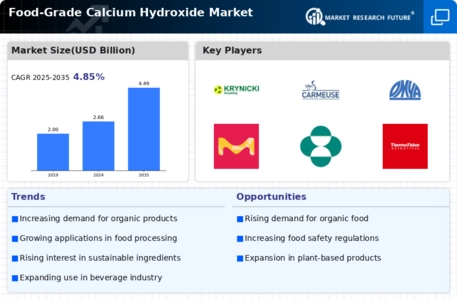
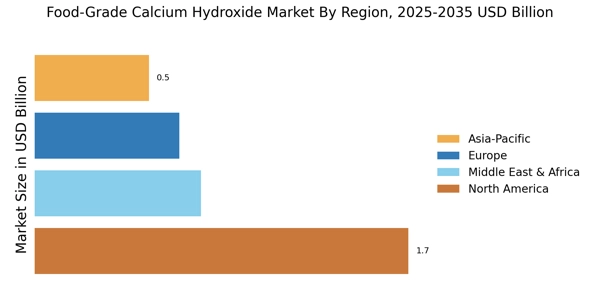
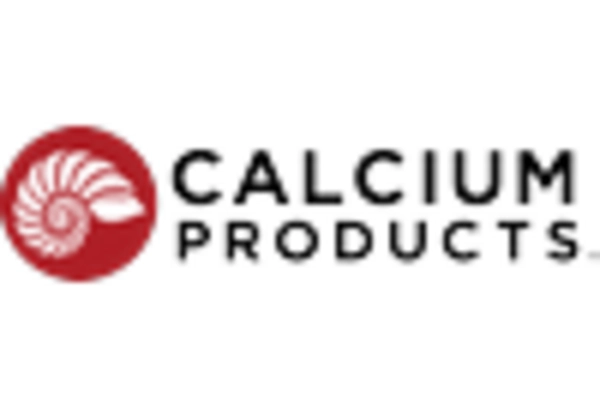
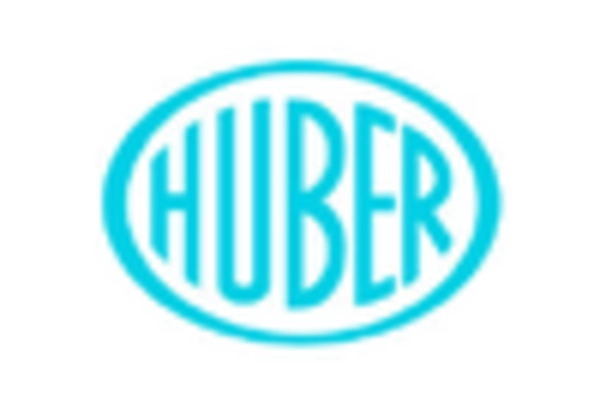
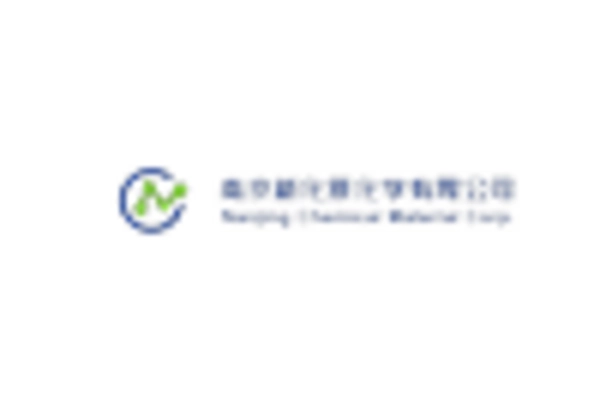
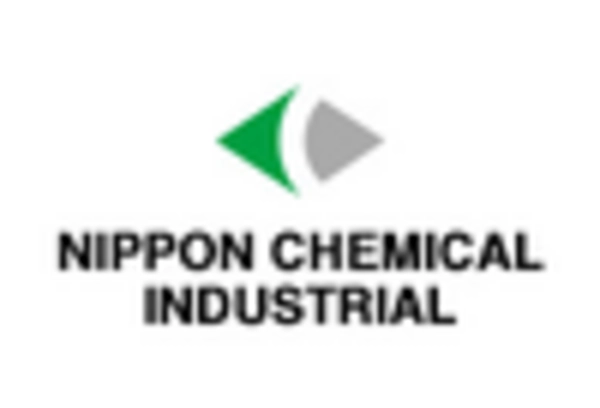
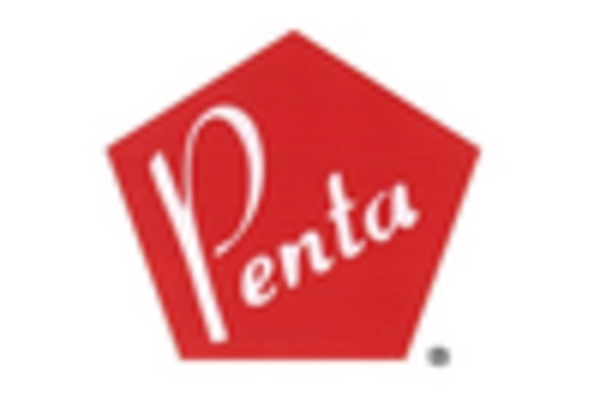
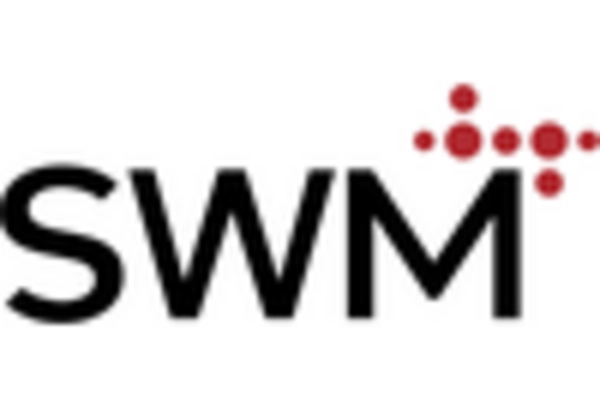
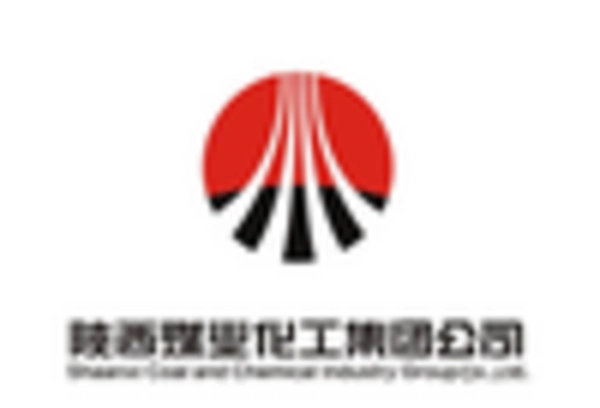
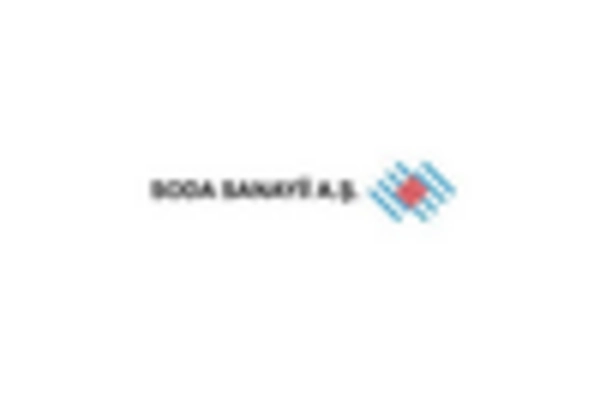








Leave a Comment